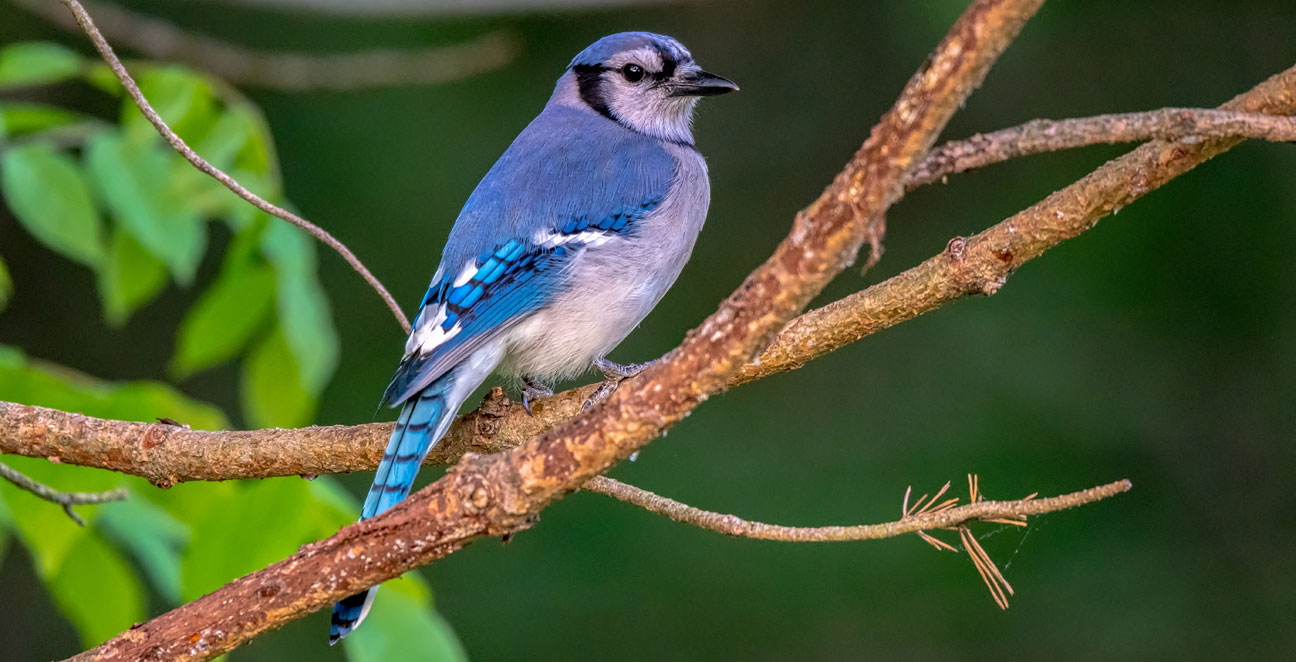
Blackpoll Warbler
Scientific Name:
Setophaga striata
Length:
5.5 in (14 cm)
Weight:
0.4-0.5 oz (12-13 g)
Wingspan:
8.3-9.1 in (21-23 cm)
Nest:
The nest is located in the understory of young spruce or fir saplings, sometimes in alder thickets. Bulky open cup is made of twigs, bark, sprays of spruce, grass stems, weeds, moss, and lichens; lined with feathers, hair, rootlets.
Eggs:
4-5, sometimes 3. Off-white, with brown and lavender spots. Incubation probably about 12 days, by female. Male feeds female on nest during incubation.
Feeding Behavior:
Blackpoll Warblers pick insects off foliage, but they also tend to forage near the trunks of evergreen trees, especially on the breeding grounds. During spring migration, they sing while searching for food, often hiding among leaves and branches in deciduous trees and shrubs.
Young:
Fed by both parents. Leave nest 11-12 days after hatching. 1 brood per year, sometimes 2.
Range:
Blackpoll Warblers breed mainly in spruce and tamarack forests in Canada's boreal forests, but they also use young stands of evergreens and alder or willow thickets. Spring migration moves north mostly through Florida, spreading west from there. In fall, many fly nonstop from eastern Canada or northeastern United States to northern South America.
Brief Description:
They are black-and-white with a distinctive black cap and white cheeks bordered by a black mustache stripe. Breeding females are streaky black, white, and gray, without the male’s black cap or white cheek. Both sexes have two white wingbars and orange-yellow legs.